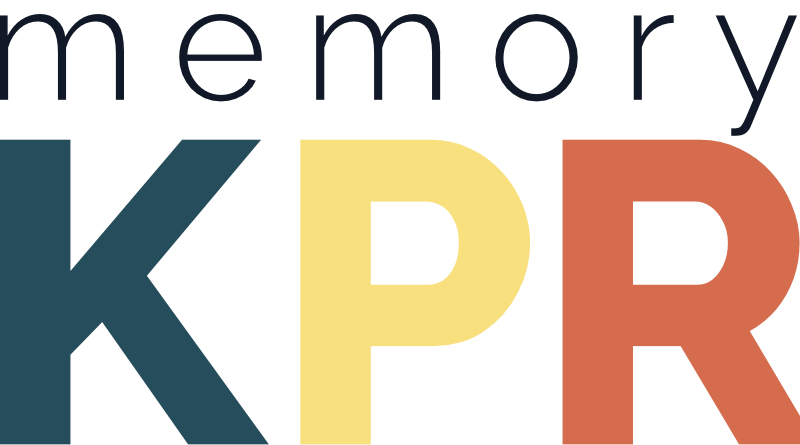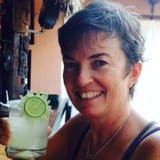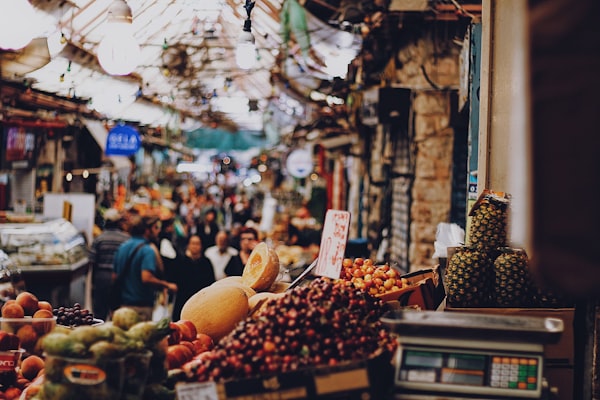How Can We Use Storytelling to Create a Sense of Place and Community Identity?
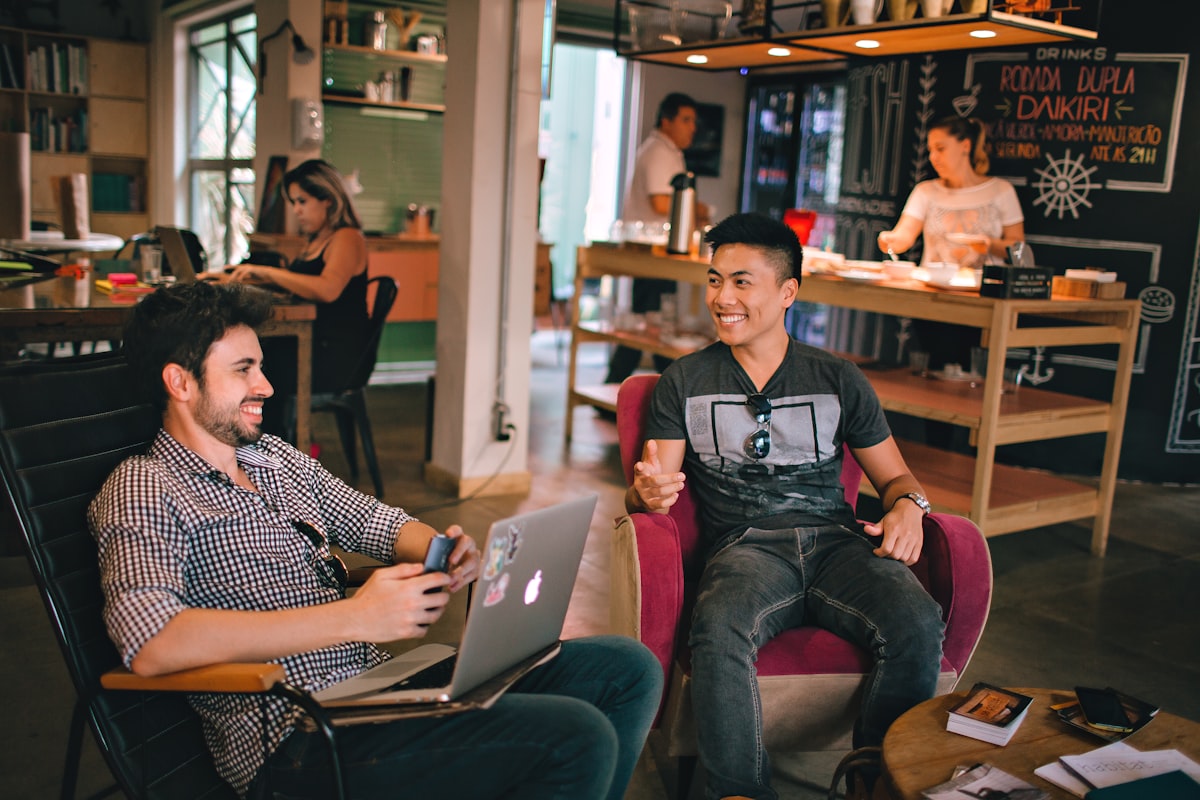
Just as a home is more than just a house or apartment, a community is more than a dot on a map or a place on a sign.
The strictest definition of community is a group of people who live in the same area. We all know that creating “community” is much more than living nearby. A true community can foster social ties, offer safety and security, and improve overall well-being. How can we create community? One way is through storytelling.
Here’s a look at how to craft a community space with stories.
Transform Your Community's Digital Presence with memoryKPR
Schedule your free demo today and take the first step towards a more connected community.
Book a DemoMy Community is Important
Where we live is more than just a place to live.
Just like your house becomes a home based on the human connections inside, developing a feeling of community in the area where you live will enrich the lives of those in the community.
The David Suzuki Foundation defines community as a “foundational part of the human experience,” helping people lead happier, healthier and more fulfilling lives.
5 reasons why a community is important
- It fosters social ties and support systems.
- It improves mental wellbeing by providing a sense of belonging.
- It offers safety and security.
- It encourages collective action.
- It can build and sustain resilience.
How to build an engaged community?
One way is through community-led design that transforms our public spaces—known as placemaking. Each community has those public locations we all share. Think of your own community: do you have spots where people can gather? Are they just spaces, or are they something more?
That’s where placemaking comes in.
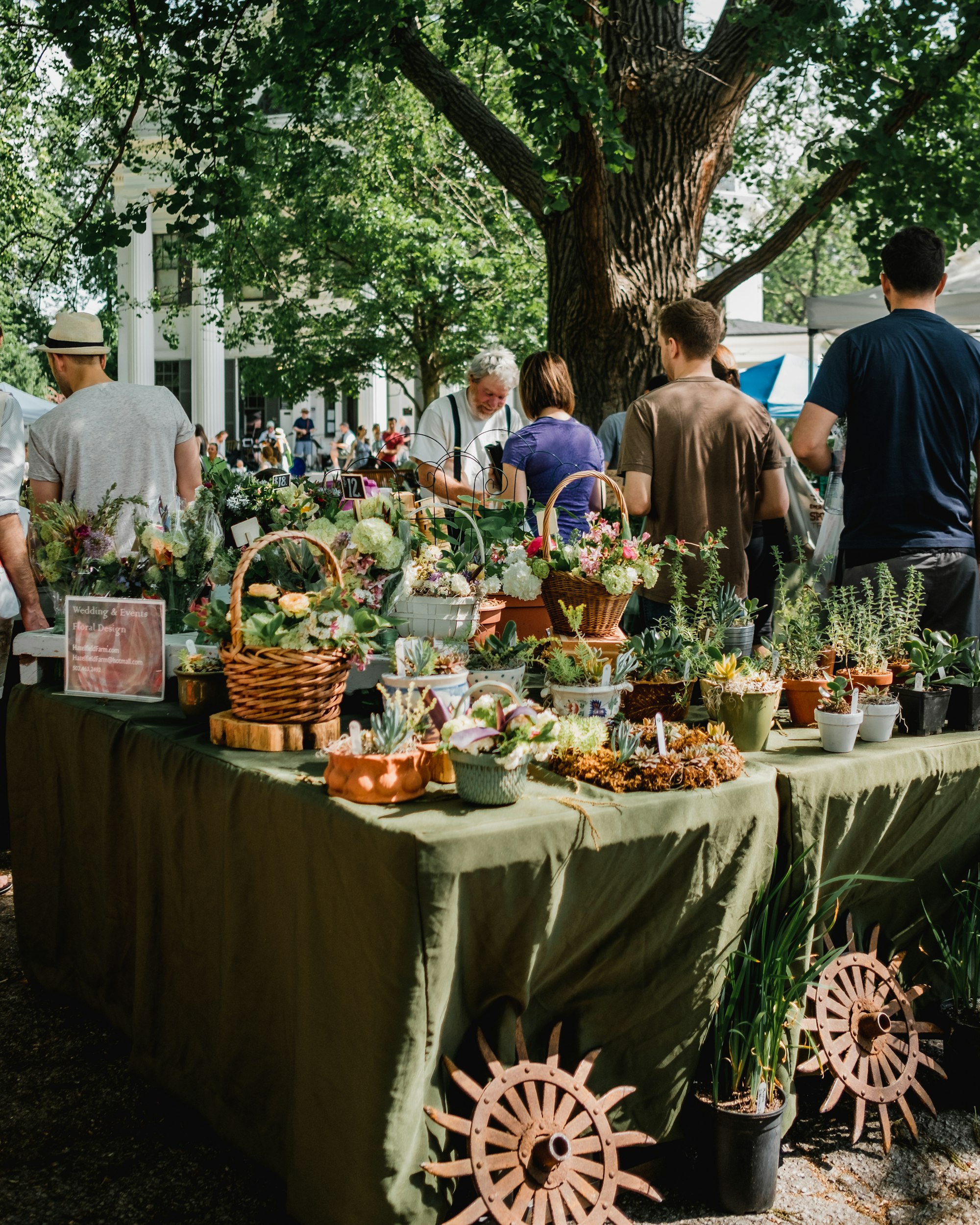
What is Placemaking?
How do you define placemaking? The concept of placemaking “turns public spaces into community places:”
- A space is a physical description of a piece of land.
- A place signifies an emotional attachment to the piece of land.
Placemaking involves the participation of the community, using the ideas and assets of the people who use it. Placemaking is collectively re-imagining public spaces as the heart of every community. Placemaking can strengthen connections between people and the places they share.
The benefit of placemaking is the creation of quality public places that contribute to people's health, happiness, and well being.
The Role of Storytelling in Placemaking
Storytelling is a powerful way for people to relate to each other, to think about viewpoints other than their own, and to express experiences to others. Humans are naturally drawn to storytelling, which makes it the ideal medium for making connections.
Placemaking doesn’t just happen. Placemaking is a process that creates a human connection between an individual and a place. Research has found that many of our perceptions we have about a place are formed either through our direct experience, or the stories that we have heard and remembered about a place.

Storytelling in placemaking is vital, then, because it allows us even to form connections to places in which we have no personal experiences.
It can play a role in the earliest stages of placemaking, in the planning phase. Telling the vision of a space can create that positive connection to what could be, even before any changes are made to a physical space.
Placemaking is also focused on creating destinations, so storytelling can fuel economic development, bringing new people to your community.
What better way to develop community placemaking than through storytelling?
Case Study: How Colorado Springs Pioneers Museum used digital placemaking to build community
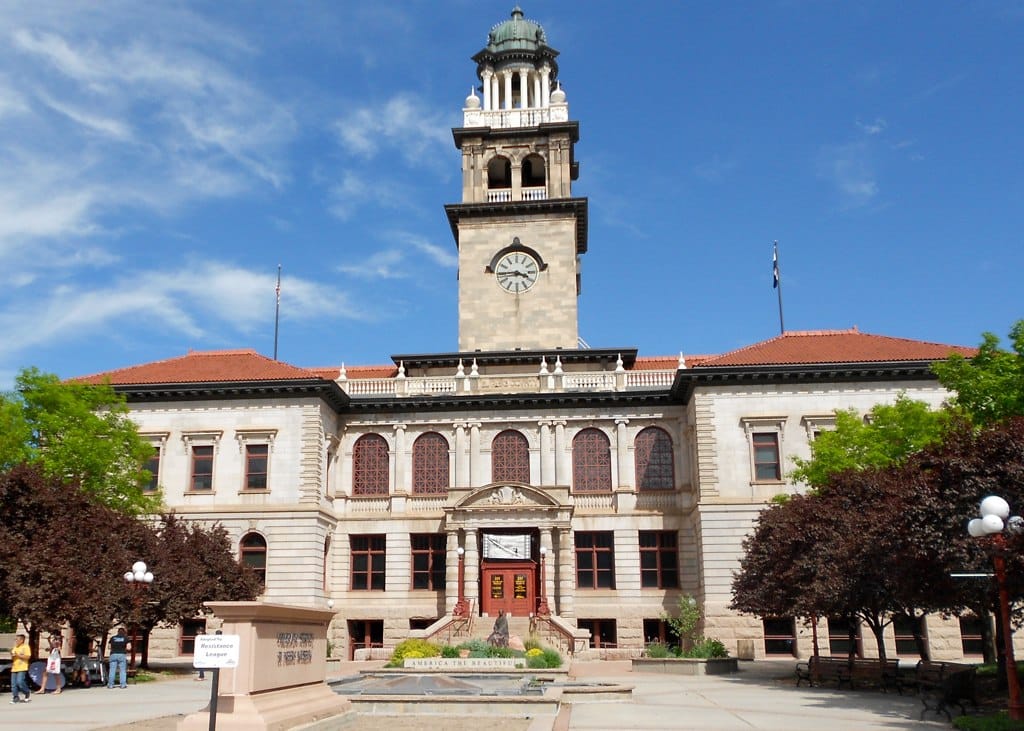
A collaborative project at the Colorado Springs Pioneers Museum brings the past and present together in a powerful form of placemaking through storytelling. In fact, community members were encouraged to provide the content and directions for a city walking tour for a mobile application.
The unique interactive mapping platform is called the Story of Us, and forms an interactive exhibit at the museum that brings past landscapes alive and makes the connections that tell the story of the shaping of the city. The application works on devices ranging from large public displays at the museum to personal computers and mobile devices.
Visitors can also use their mobile devices to take walking tours throughout the city. The interface includes location detection and integrates with Google Maps for directions, so visitors can easily orient themselves while physically navigating the local area.
Users select a variety of historical themes from an A to Z ‘storybook’ themed menu. Each theme opens on a web map loaded with a variety of data: historical maps; historic street photos alongside contemporary street views; virtual realities portraying historical and geographical change; and multiple types of digital media.
The storytelling won’t end, either. The public can suggest edits or new contributions through a crowd sourcing interface so the project will continue to grow.
Anecdotal evidence from this project suggests it was “successful in enriching people’s connection to place.”
Storytelling and Placemaking in Your Community
Storytelling has the remarkable ability to bring people together, bridge divides, and foster a sense of belonging. Placemaking creates community connections that help all of us.
“When a community can share stories with others, and reinforce those storied memories for themselves…it will further strengthen their sense of belonging within the place in which they live.”
Are you looking to craft community places with stories? Many communities connect using Facebook groups, for instance, to reach out and share their stories. There are better options, like memoryKPR, which doesn’t require an account with a social media platform, but still allows connections to social media when you want it.
Communities can white label their story to add their own logo, collect donations for a project, and build a searchable database with our content management system. If you need help telling your community’s story, reach out, as we can help you build your story engagement strategy.
Ready to see how easy (and powerful) it can be? Explore memoryKPR today. Your stories—and your community—deserve a vibrant future.
Transform Your Community's Digital Presence with memoryKPR
Schedule your free demo today and take the first step towards a more connected community.
Book a Demo